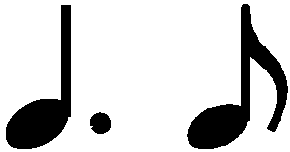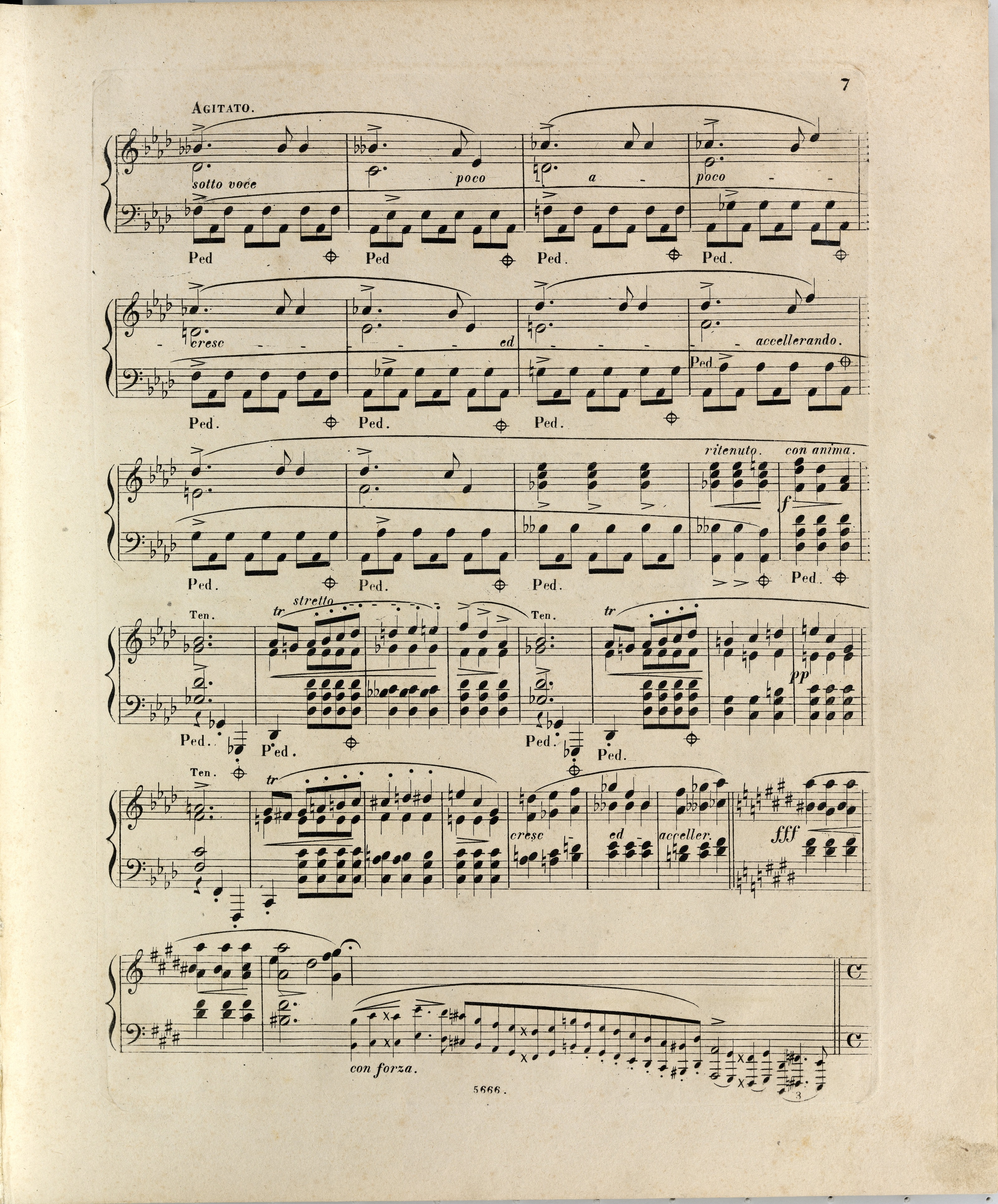



Page:
Source:
p. 7, b. 53-83
GE1 - First German Edition
Prezentacja
Select

In GE (→FE) in bars 53-62, similarly to GE in bars 29-36, notes of the R.H. rhythm  are distributed in such a way that the quaver is aligned with the 6th note of the L.H. In the editors' opinion, this probably does not reflect the notation of [A], and has no impact on the performance. We apply the regular rhythmic notation in the main text, so did EE.
are distributed in such a way that the quaver is aligned with the 6th note of the L.H. In the editors' opinion, this probably does not reflect the notation of [A], and has no impact on the performance. We apply the regular rhythmic notation in the main text, so did EE.
Compare the passage in the sources »
category imprint: Interpretations within context; Differences between sources
issues: Inaccuracies in GE, Dotted rhythms and triplets
notation: Rhythm




